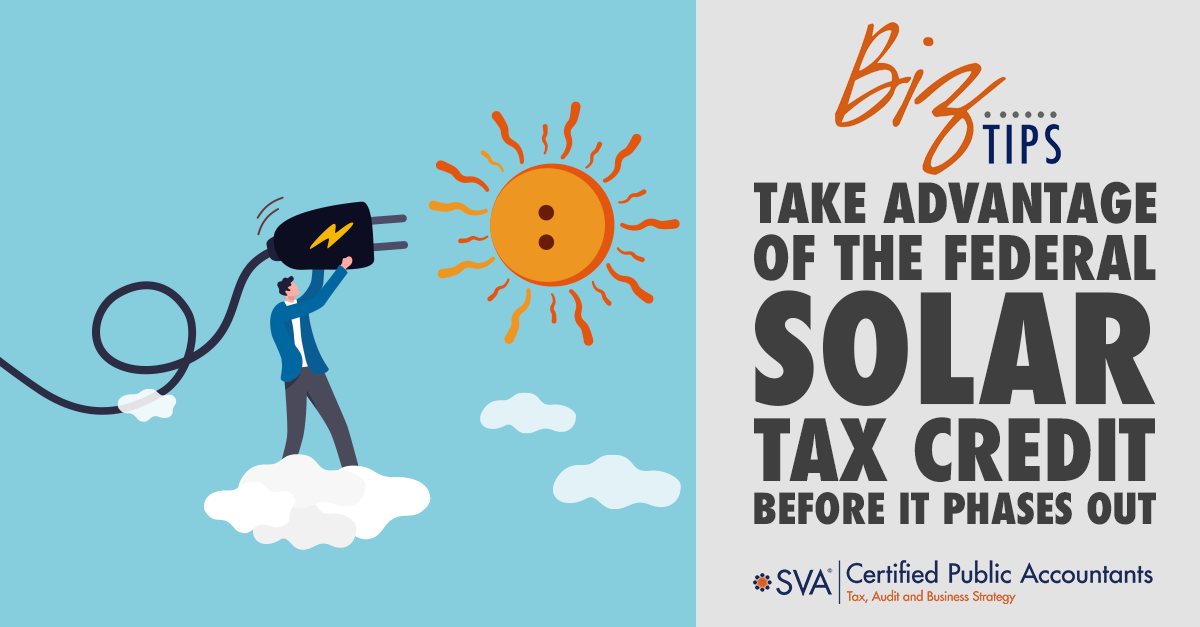What is the Federal Solar Tax Credit?
The federal residential solar energy credit is a tax credit that can be claimed on federal income taxes for a percentage of the cost of a solar photovoltaic (PV) system. The credit is available for residential, commercial, and utility investors in solar energy property. The tax credit is equal to a percentage of the cost basis of installing eligible solar energy property.
In December 2020, Congress approved an economic stimulus package designed in part to provide COVID-19 relief. That package included a two-year extension of the Federal Solar Investment Tax Credit (ITC). The ITC for solar customers was originally scheduled to drop from 26% in 2020 to 22% in 2021 and then be phased out all together in 2022.
(Download Video Transcript)
The Biden Administration has indicated plans to include an additional extension of the tax credit in future legislation, however, there is no guarantee that this will be approved and passed by Congress.
General Information on the Tax Credit:
- The tax credit is a non-refundable dollar-for-dollar credit reduction in the amount of income taxes the taxpayer would otherwise be required to pay.
- To qualify, the taxpayer must be the owner of the system. Leased systems do not qualify.
- The tax credit applies to both residential and commercial systems with the exception of the 2024 tax year.
Requirements for the Tax Credit:
- The credit is based on costs of the solar photovoltaic (PV) system and is available to individuals and businesses subject to U.S. federal income tax.
- The business or residence must be located in the U.S.
- The system must be new or limited previously used equipment (no more than 20% of the value of the PV system can be classified as used).
What are the Eligible Expenses?
- Solar PV Panels
- Inverters
- Racking
- Balance-of-System Equipment
- Sales and Use Tax on the Equipment
- Installation Cost and Indirect Costs
- Step-up Transformers
- Circuit Breakers
- Surge Arrestors
- Energy Storage Devices - if charged by a renewable energy system more than 75% of the time
Other Considerations for Business
- The depreciable base is reduced by 50% of the credit. For example, if your system cost is $500,000 and you receive a 26% tax credit, your depreciable base will be $435,000. ($500,000 – ($500,000 * 13%)) = $435,000
- The qualifying solar energy equipment is eligible for a cost recovery period of five years and the system must operate for the full five-year period.
- Depreciation starts when the property is placed in service – so be aware of the depreciation rules when you put your system in service.
- Work with your accountant on the appropriate depreciation opportunities which may include Bonus Depreciation, Section 179, or MACRS (Accelerated Depreciation).
- The credit is a dollar-for-dollar non-refundable reduction of income taxes.
- Unused credits can be carried back 1 year or carried forward for up to 20 years.
This is a great time to consider a solar investment. Contact us to learn more about the tax advantages of this federal tax credit.

© 2022 SVA Certified Public Accountants

